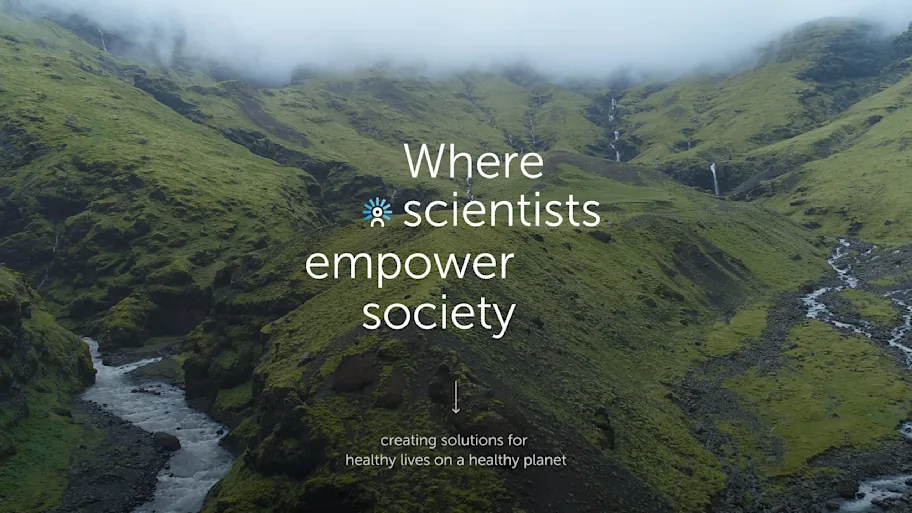
- Science news
- Publishing partnerships
- International Journal of Public Health: Smoking is still a risk for generation Z
International Journal of Public Health: Smoking is still a risk for generation Z

Frontiers publishing partnerships guest post
The International Journal of Public Health (IJPH) is one of Frontiers’ longest standing publishing partners and specializes in global public health, producing research that raises awareness and understanding of public health problems and solutions.
A Slovakian study into generational attitudes to smoking published in the International Journal of Public Health (IJPH) IJPH has shown that generation Z is still attracted to cigarettes, even though data indicates the habit is waning in popularity among that age group. Published earlier this year, the study highlights the complexity of many of the public health topics addressed in the journal.
Generation Z is sometimes considered the first generation that could realistically bring an end to smoking. A comprehensive analysis of the Slovakian study (conducted among 3,557 adolescents, age range 13–15) did indeed reveal that legislation to limit smoking is generally viewed positively by young people. Adolescents are aware of the health effects of passive smoking, and a vast majority express a preference for smoke-free environments.
However, despite this positive trend, smoking remains a risk for younger people. Tobacco use in Slovakia is still popular and most adolescents report having had personal experiences with smoking - over 50% of the boys and 48% of the girls surveyed admitted to having experimented with cigarettes.
According to IJPH’s editor-in-chief Prof Nino Künzli, smoking is a prime example of the complexity of public health debates, which often go far beyond the science. Prof Künzli said: “It has been proven for decades that this addictive consumer product, which kills 50% of its users, causes an extremely high and expensive burden of disease. However, societies still struggle to eliminate nicotine addiction. Although the products change, the aggressive marketing of the addiction prevails. The sobering fact that far too many adolescents still start smoking continues to shape the public health agenda.”
Given the strongly addictive nature of nicotine products, the industry targets “young adults to recruit consumers as early and, thus, for as long as possible”, explained Prof Künzli. It is a key task for public health scientists to monitor the nicotine pandemic, understand its causes, and design approaches to tackle it. Another recent IJPH publication showed that a theory-based smoking cessation intervention based on four taught sessions could be effective in increasing cessation rates in underserved populations.
About the International Journal of Public Health (IJPH)
The IJPH is a not-for-profit independent society journal owned by the Swiss School of Public Health (SSPH+). The journal celebrated its centenary in 2021, the same year in which it transitioned to open access with Frontiers.
IJPH has for decades followed a rigorous peer review process driven by the assessments of four independent researchers. The independent SSPH+ Editorial Office plays a key role in quality assurance and the journal has kept editorial independence for decades.
About the Swiss School of Public Health (SSPH+)
The Swiss School of Public Health (SSPH+) is a collaborative not-for-profit Foundation of 12 Swiss universities and their public health-oriented faculty members and experts. SSPH+ promotes equitable health through inter-university collaborations in higher education, research, and the translation of science to policy, with the goal of strengthening public health for all.
About Frontiers
Frontiers is the 3rd most cited and 6th largest research publisher. Our role is to provide the world’s scientists with a rigorous and efficient publishing experience. Scientists empower society and our mission is to accelerate scientific discovery by making science open. We place the researcher at the center of everything we do and enable the research community to develop the solutions we need to live healthy lives on a healthy planet. Powered by custom-built technology, artificial intelligence, and rigorous quality standards, our research articles have been viewed more than 2.1 billion times, reflecting the power of research that is open for all.






